Post-herpetic neuralgia
What is Post-herpetic neuralgia?
Postherpetic neuralgia (PHN) is a complication of shingles infection (also known as herpes zoster). Shingles are caused by the reactivation of the varicella-zoster virus, which is the exact virus that induces chickenpox. Shingles cause an aching, blistering rash and further symptoms.
The rash most generally happens in a band pattern on one side of your body, generally on your trunk (central core of your body). The rash shifts into blisters. As the rash/blisters go out, the pain may stay. When pain stays, the condition is known as postherpetic neuralgia.
Symptoms of Post-herpetic neuralgia
The signs and symptoms of post-herpetic neuralgia are typically restricted to the site of your skin where the shingles explosion first appeared most generally in a band around your trunk, generally on one side of your body.
Signs and symptoms might contain:
An ache that lasts three months or longer after the shingles rash has recovered. The associated ache has been defined as sharp and jabbing, burning, or deep and painful.
Sensitivity to light contact. Patients with the disease frequently can’t bear even the touch of clothing on the involved skin (allodynia).
Itching and numbness. Less typically, postherpetic neuralgia can make an itchy sensation or numbness.
Causes of Post-herpetic neuralgia
The varicella-zoster virus induces both chickenpox and shingles.
In post-herpetic neuralgia, the virus induces inflammation of the nerves under the skin of the affected involved location. Neuralgia is a medical word for pain resulting from nerve inflammation or injury.
It’s not obvious why some patients with shingles develop post-herpetic neuralgia, but raising the age, ache during the early phase of shingles, and severe ache throughout an attack of shingles are all associated with a risen risk of the disease.
Risk factors
Factors that raise the risk of creating postherpetic neuralgia (PHN) contain:
- Older age: The option of developing postherpetic neuralgia rises with age. If you’re more aging and produce shingles, you’re more probable to produce PHN and have longer-lasting and more severe aches than a younger individual with shingles. Approximately 10 to 13% of a patient over age 50 who have had shingles will get PHN. Patients under age 40 infrequently get PHN.
- Weakened immune system: Your resistant system weakens as you get more aged, which permits the inactive varicella-zoster virus to evolve active again and cause shingles in some patients. Medical disorders that can weaken your resistant system contain chronic infectious diseases (like HIV/AIDS), cancer, being an organ transplant recipient, or taking drugs that weaken your resistant system (like immunosuppressant medicines, chemotherapy, steroids, or anti-organ rejection drugs).
- The severity of your shingles: If you have a painful rash, you have a greater option of PHN.
- The aching, itchy, or tingly sensation before shingles rash: If you had these symptoms in a location of skin a few days before your shingles rash split out, you are at a more increased risk of postherpetic neuralgia.
- Waiting to see your healthcare provider or doctor after shingles rash: If you stay longer than three days after your hives seemed missing the window to obtain antiviral medications you have a raised chance of postherpetic neuralgia.
How is Post-herpetic Neuralgia diagnosed (PHN)?
Postherpetic neuralgia (PHN) is generally diagnosed and established on your symptoms, record of shingles, and physical examination. If you’ve had a current issue of shingles and have an ache in the place where the shingles rash once was, you probably have postherpetic neuralgia. Your provider or doctor may want to make sure your ache is not caused by something else, but in most circumstances, no other tests are required.
Treatment of Post-herpetic neuralgia
Medical treatment
Painkillers: These may contain tramadol (Ultram) or oxycodone (OxyContin). There is a slight chance of dependency.
Anticonvulsants: The ache of postherpetic neuralgia can be reduced with anticonvulsants because they are useful at managing nerve impulses and stabilizing irregular electrical activity in the nervous system caused by damaged nerves. Gabapentin, or Neurontin, and pregabalin, also called Lyrica, are normally specified to treat this kind of ache.
Steroids: A corticosteroid drug can be injected into the region around the spinal cord. Steroids should not be used until the shingle’s pustular skin rash has fully evaporated.
Lidocaine skin patches: Lidocaine is a familiar local anesthetic and antiarrhythmic medication. Used on the skin, it can reduce burning, itching, and ache from inflammation. The patches can be cut to fit the involved site.
Antidepressants: These involve key brain chemicals, like serotonin and norepinephrine, which affect how the body interprets aches. Instances of medicines that inhibit the reuptake of serotonin or norepinephrine are tricyclic antidepressants, like desipramine (Norpramin), nortriptyline (Pamelor), amitriptyline, and duloxetine (Cymbalta).
Spinal cord or peripheral nerve stimulation
These machines offer an efficient, safe, and useful way to ease many kinds of neuropathic ache diseases. Equivalent to TENS, they are planted under the skin along the path of peripheral nerves. Before implantation, doctors or surgeons do a test run using a light wire electrode to define patient reaction.
The spinal cord stimulator is inserted via the skin into the epidural area over the spinal cord. The peripheral nerve stimulator is put under the skin above a peripheral nerve. As soon as the electrodes are in location, they are switched on to assist a weak electrical current to the nerve.
Professionals think that by stimulating the non-painful sensory course, the electrical stimulations trick the brain into turning off or turning down the aching signals, resulting in pain ease.
Physiotherapy treatment
Activity and physical therapy can play an essential role in the management of the ache of Postherpetic neuralgia (PHN). Activities done should be mild and it should not make you sense difficult to continue.
There are two kinds of physical treatments:
- Active therapy
- Passive therapy
Passive therapy includes the application of cold packs in aching places. It is generally conducted by your physical therapist or doctor. Active therapies include physical exercises and activities. It also includes home-exercise schedules. Both active and passive treatments assist in the decrease of aches and further postherpetic neuralgia symptoms. If they are observed regularly, then it will boost the muscles. It will also improve your stamina to complete daily activities. It is suggested to stick to a physical therapy schedule. Its treatment program begins with passive therapy observed by active therapy. Many of these activities can be practiced at the house.
In the start, simple activities are suggested, that decline pain gradually and raises one’s stamina to complete daily activities. It also improves your energy and boosts your muscles. Three kinds of active activities are suggested for postherpetic neuralgia aerobic, strengthening, and flexibility workouts.
Exercises should not be too severe. It should be accomplished regularly in your lifestyle and should be routinely rehearsed. It should be practiced a short but more frequently in a day.
These exercises include-
- Swimming
- Walking
- Biking
- Daily activities
- Any form of dance, yoga
Low-impact activities are the best activities or activities for postherpetic neuralgia. Yoga or tai chi or walking are its instances. Physical activities should begin with these activities initially. Minor soreness is sensed in the body initially which runs away over time. If it does not proceed and amplify, then you should contact your doctor or physician to notice the causes.
Exercise may decrease the number of aching days and also decrease the sense of tension and stress due to aches. Committing yourself to activities will assist you to stay distracted from the ache. Analysis studies state that postherpetic neuralgia is more aching for those who are less busy and sad due to less concentration in the work.
Transcutaneous electrical nerve stimulation (TENS)
This treatment includes putting electrodes over the locations where pain happens. These emit small electrical stimulations. The person turns the TENS machine on and off as needed.
Some patients find that TENS reduces pain, while further do not. Its efficacy has not been verified by analysis.
Complications of Post-herpetic neuralgia
Relying on how long postherpetic neuralgia lasts and how aching it is, patients with the disease can produce further symptoms that are familiar with chronic pain like:
- Depression
- Fatigue
- Difficulty sleeping
- Lack of appetite
- Difficulty concentrating
How to Prevent Post-herpetic neuralgia?
The Centers for Disease Control and Prevention (CDC) suggests that grown-ups 50 and more seniors get a Shingrix vaccine to control shingles, actually if they’ve had shingles or the ancienter vaccine Zostavax. Shingrix is offered in two doses, two to six months separated.
The CDC tells two doses of Shingrix are more than 90 percent useful in controlling shingles and postherpetic neuralgia. Shingrix is chosen over Zostavax. The user may be maintained for a longer period than Zostavax. Zostavax may still be used occasionally for healthy grown-ups aged 60 and more senior who aren’t allergic to Zostavax and who don’t accept immune-suppressing drugs.
Natural treatment
Several natural and alternative treatments have been suggested for postherpetic neuralgia.
These contain:
- vitamin C, but more study is required to verify this
- homeopathic medicine, but scientific study has not verified this
- acupuncture, which scientists are presently reviewing for usefulness
- cupping
- herbal remedies
- wearing satisfied clothing made from cotton or silk
- using cool packs to relieve the pain
FAQ
Does the pain stop with the medications?
Many peoples do obtain pain ease with drugs. One drug can be replaced for another if the person fails to answer. In some patients, varieties of drugs are also used. Unfortunately, there is still some person who does not react to drugs. Surgical therapy is used as the last option.
What is the difference between acute herpetic neuralgia and postherpetic neuralgia?
Acute herpetic neuralgia guides to pain associated with herpes zoster that lasts for up to a max of 1 month following the hives. The ache in postherpetic neuralgia lasts for a minimum of 3 months following healing from the hives. Neuralgia that lasts between 1 and 3 months following the hives is guided to as subacute herpetic neuralgia.
Is PHN common?
Over half the 194,000 patients with shingles per year (that’s the number for England and Wales) are involved in post-herpetic neuralgia (PHN).
Postherpetic neuralgia is the name given to the shingles ache when it has been going on for a month or more after the shingles sores have recovered.
Shingles are not something that other patients will detect from you.
What is PHN like?
Postherpetic neuralgia can be felt as irritation, itching, burning, stabbing, tingling, numbness, supersensitivity, or soreness but to simplify our text we will always call it to ache. If this occurs, it will be in the location where you had the shingles not elsewhere on your body. The body illustrates the dermatomes or slices of the body served by per nerve ganglion. Per rib is in its dermatome.
What vitamins help post-herpetic neuralgia?
Vitamin C is particularly helpful in a patient with recalcitrant postherpetic neuralgia resistant to standard treatment. Explanation of dermatologic Zoster lesions is noticed in as less as 10 days following intravenous management of ascorbic acid.

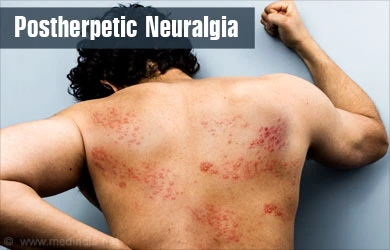
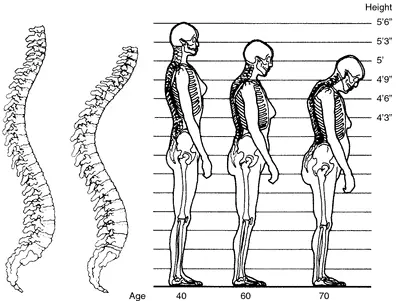
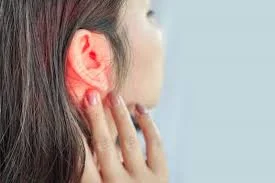
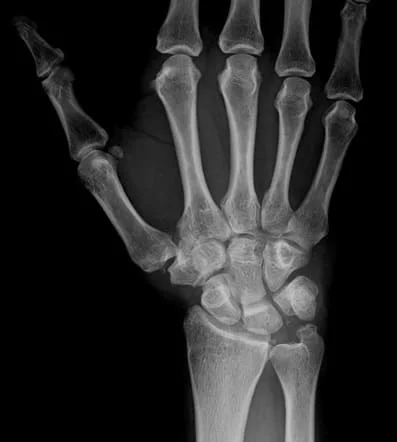
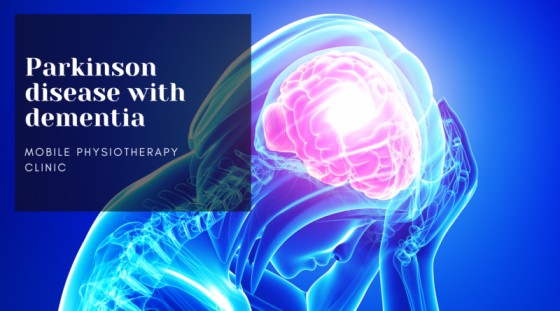
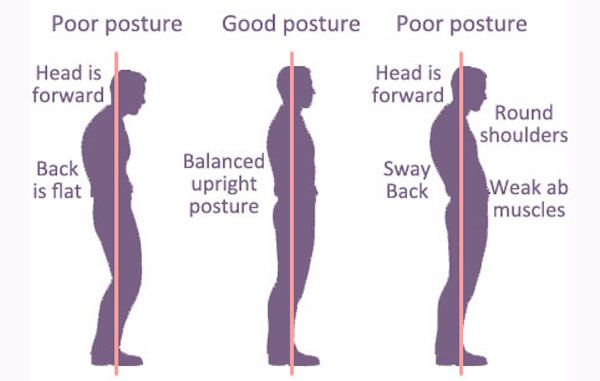

One Comment